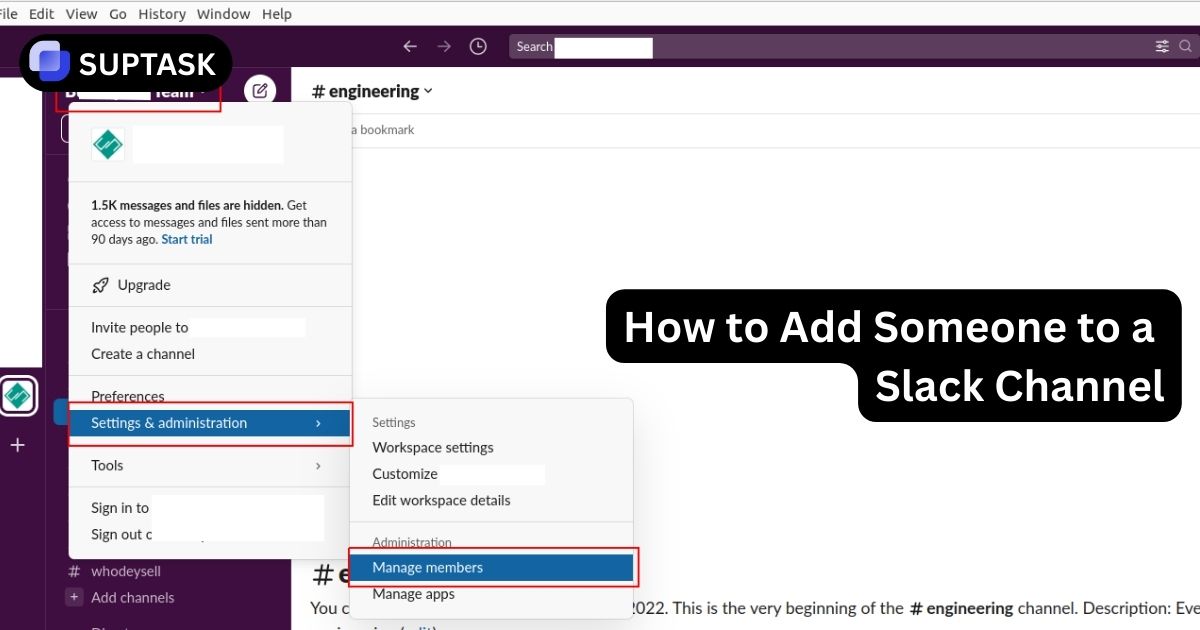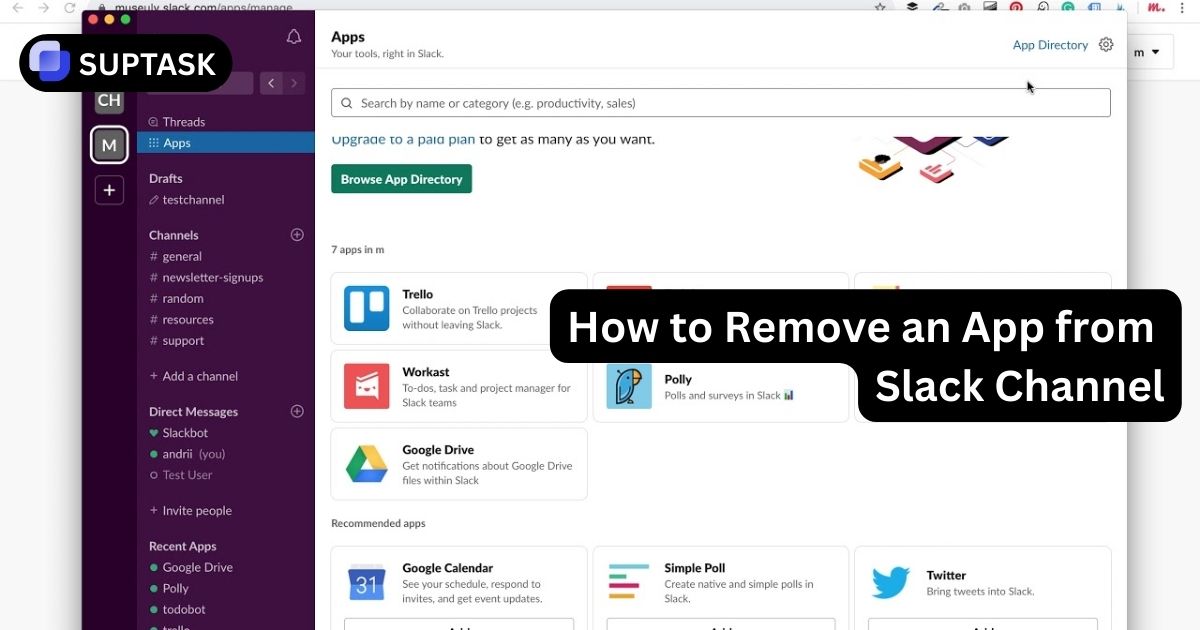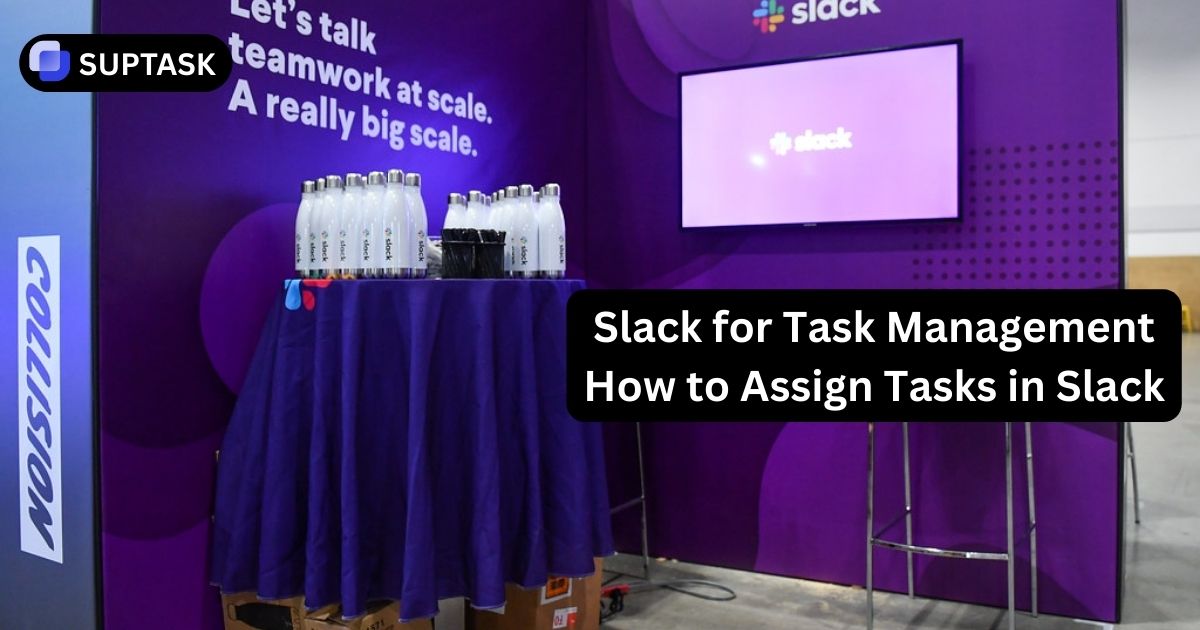If you’re looking for an example of a product roadmap, look no further.
This article showcases eight successful roadmaps designed to ensure that your team’s efforts are in sync and aimed at accomplishing your product objectives.
Key Takeaways
- A visual product roadmap effectively communicates the product’s journey, aligning day-to-day tasks with the overarching strategy and keeping stakeholders and teams engaged.
- There are various product roadmaps, including release plans, sprint plans, Now-next-later roadmaps, and Kanban roadmaps, each tailored to different strategic purposes and audiences.
- Real-world examples of effective product roadmaps, such as those used by Buffer, Slack, and ArborXR, demonstrate how detailed and visually appealing roadmaps can enhance transparency and keep customers informed and engaged.
What is a visual product roadmap?
.webp)
A product roadmap is a strategic plan that outlines the goals, major steps, and how tasks link to the larger vision of the product. It helps keep everyone focused on shared goals and progress while offering a clear visual representation.
To improve communication during planning, tools like Suptask, an internal ticketing system integrated into Slack, are beneficial. Product managers use these tools to outline releases and align their work with user feedback and organizational goals.
Unlike fixed roadmaps, an intelligent product roadmap evolves over time. It serves as a guide, ensuring new features align with the product's vision.
Comparison of Product Roadmap Types
Examples of effective product roadmaps

Let’s explore several types of product roadmaps that cater to different needs and stakeholders.
1. Release plan
A release plan is a tactical guide outlining specific features and improvements for the next product cycle (typically three months). It converts high-level strategies into actionable tasks.
It acts as an informational bridge for development teams regarding forthcoming releases, ensuring every feature, along with triage tickets, complements and strategically advances toward its debut on set launch days.
Key Elements:
- Clear timelines with color-coded milestones
- Details on upcoming releases
- Alignment with user needs and product strategy
Example: Buffer uses a release plan to maintain transparency and keep customers informed about upcoming features.
2. Sprint plan roadmap
The sprint plan roadmap is essential for agile teams, providing a clear breakdown of upcoming tasks and immediate development goals.
Understanding and implementing ITSM, along with flaunting metadata delineating who owns which task and how much effort is required, brings immense value by providing insight into how work is shared among team members and ensuring everyone remains aligned on goals.
Benefits:
- Task ownership and effort estimation
- Alignment with agile workflows
- Clear vision for short-term development
Example: Slack uses a sprint roadmap to manage agile sprints effectively while maintaining team alignment.
3. Now-next-later roadmap
The Now-next-later roadmap epitomizes strategic agility, arranging activities across three timeframes—present, upcoming, and distant future—with a greater focus on results rather than just the tasks accomplished.
Structured into three distinct sections:
- Now: Tasks currently in progress
- Next: Upcoming priorities
- Later: Future aspirations
Utilizing a Now-next-later roadmap allows for efficient organization and scheduling of projects that align directly with your business ambitions and benchmarks.
Why Use It?
- Supports agile methodology
- Focuses on long-term strategic goals
- Adaptable to shifting market demands
Example: ArborXR utilizes a Now-next-later roadmap to ensure that every initiative aligns with business objectives.
4. Kanban roadmap
Kanban roadmaps categorize tasks by status (‘Planned,’ ‘In Process,’ ‘Completed’) and offer a real-time view of project progress.
This approach is rooted in Toyota’s production system but has become a staple for agile software development. It offers an immediate visual representation of progress and inventory levels.
Advantages:
- Visual workflow transparency
- Agile-friendly structure
- Quick identification of blockers
Use Case: Small-to-mid-size companies benefit from Kanban roadmaps due to their flexibility and simplicity.
5. Features timeline roadmap
This roadmap acts as a Gantt chart, outlining the timeline of each feature and its relation to broader project goals.
Additionally, integrating an incident management system within this roadmap ensures prompt addressing of any issues during development.
Key Features:
- Clear progression tracking
- Integrates major and minor features
- Ideal for product teams and leadership
For more complex product timelines, an email ticketing system could be used to track internal communications and customer-related feedback, ensuring that all tickets are addressed promptly in line with the project’s progression.
6. Objectives timeline roadmap
This roadmap focuses on strategic objectives rather than features, ideal for executive-level alignment.
Why It Matters:
- Aligns teams with high-level goals
- Prioritizes outcomes over methods
- Useful for corporate and leadership review
This roadmap offers a broad view of a product's development journey, making it particularly valuable to corporate-wide or executive leadership circles.
7. Release timeline roadmap
Core Benefits:
- Guides product launches
- Ensures stakeholder alignment
- Allows flexible planning
Example: Many product managers use this roadmap to synchronize development and marketing timelines.













